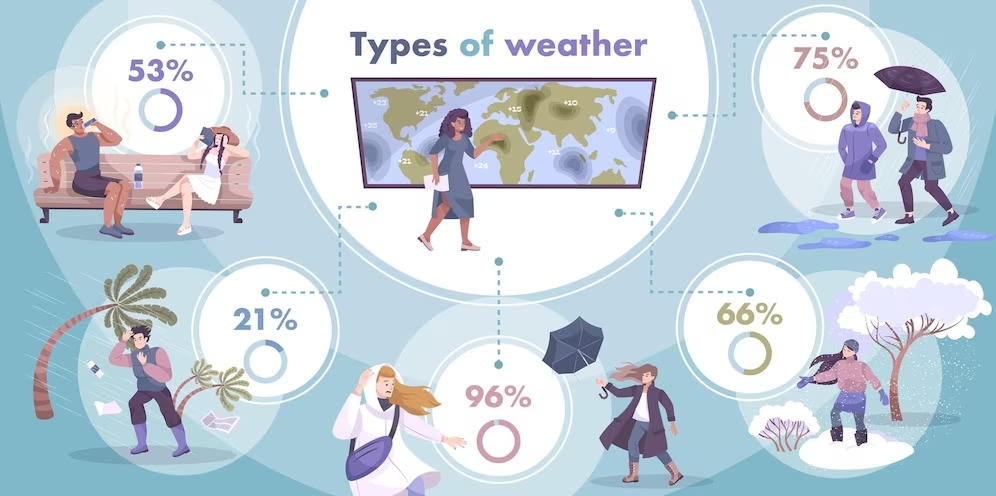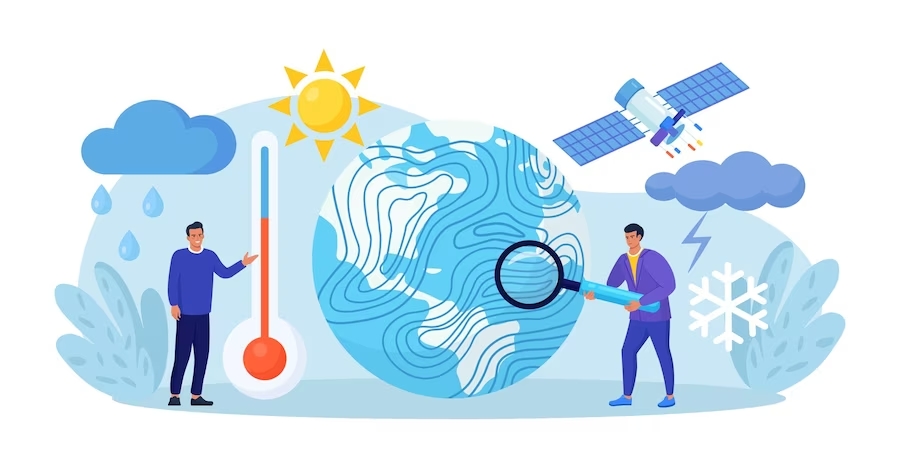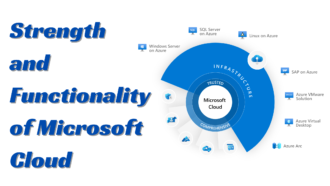The Role of Weather History Data in Risk Management and Insurance
Introduction:
The weather has a significant impact on various aspects of our lives, including businesses, agriculture, and insurance. In recent years, advancements in technology and the availability of weather history data have played a vital role in risk management and insurance industries. In this blog, we will explore the importance of weather history data in these fields, how it is collected and analyzed, and the role of Weather API in accessing and utilizing this valuable information.
Role of Weather History Data in Risk Management and Insurance
Understanding Weather History Data
Definition and Scope of Weather History Data
Weather history data refers to historical records of weather conditions. It includes parameters like temperature, precipitation, wind speed, humidity, and more. Weather history data can span from several years to decades, depending on the available records.
Importance of Weather History Data
- Enables identification of weather patterns and trends.
- Helps in assessing the frequency and severity of extreme weather events.
- Provides insights for risk analysis and decision-making in various industries.
- Weather History Data in Risk Management
Assessing and Mitigating Risks
- Risk management involves identifying, analyzing, and managing potential risks.
- Weather history data aids in understanding the probability and impact of weather-related risks.
- It helps businesses and organizations develop strategies to mitigate and respond to weather-related risks.
Impact on Insurance Industry
- Insurance companies rely on accurate risk assessment to provide coverage.
- Weather history data assists in determining insurance premiums and coverage limits.
- It enables insurers to assess the likelihood of weather-related claims and estimate losses.
Collecting and Analyzing Weather History Data
Data Sources
- Meteorological stations: Traditional ground-based weather stations record local weather data.
- Satellites and radar: Remote sensing technologies capture broader regional and global weather patterns.
- Citizen science initiatives: Crowdsourced data from weather enthusiasts contribute to weather databases.
Data Collection Methods
- Automated sensors: Weather stations equipped with sensors collect real-time data.
- Manual measurements: Trained observers record weather conditions at regular intervals.
- Data assimilation: Combining different data sources to create comprehensive weather history datasets.
Data Analysis and Modeling
- Statistical analysis: Analyzing historical data to identify patterns, trends, and correlations.
- Climate modeling: Using historical data to simulate and predict future weather scenarios.
- Machine learning: Employing algorithms to analyze large datasets and extract valuable insights.
The Role of Weather API
What is a Weather API?
Application Programming Interface (API) allows interaction between software applications.
Weather APIs provide access to weather-related data and forecasts.
Utilizing Weather API in Risk Management
- Real-time weather updates: Integration of Weather API enables businesses to monitor current weather conditions.
- Risk alerts and notifications: Weather API can send alerts about potential risks based on historical data and forecasts.
- Customized risk assessment: APIs allow businesses to incorporate weather data into their risk management systems.
Enhancing Insurance Services
- Improved underwriting: Weather API helps insurers assess risk more accurately during the underwriting process.
- Claims management: Real-time weather data assists in validating weather-related insurance claims.
Personalized policies: Weather API enables insurers to offer tailored coverage based on location-specific weather risks.
Conclusion:
Weather history data plays a crucial role in risk management and insurance industries. It provides valuable insights for businesses and insurers to assess risks, develop mitigation strategies, and offer appropriate coverage. With the advent of Weather APIs, accessing and utilizing this data has become more efficient, enabling real-time monitoring, customized risk assessment, and improved insurance services. As technology continues to advance, weather history data will continue to be a vital tool in managing and mitigating the impact of weather-related risks.




















